A damaged limestone carving showing an ancient Egyptian couple was intentionally defaced as part of a supernatural revenge plot, according to the University of Chicago’s Tell Edfu Project.
The Tell Edfu Project excavated parts of the ancient city of Tell Edfu on the banks of the River Nile, some 75 miles south of the Valley of the Kings. With 3,000 years of history in its stones from the Old Kingdom (2575-2150 BC) to the age of Greek, Roman and Byzantine rule (323 BC – 641 AD), the Tell Edfu Project hoped to uncover evidence of what life was like in the provincial Egypt of antiquity.
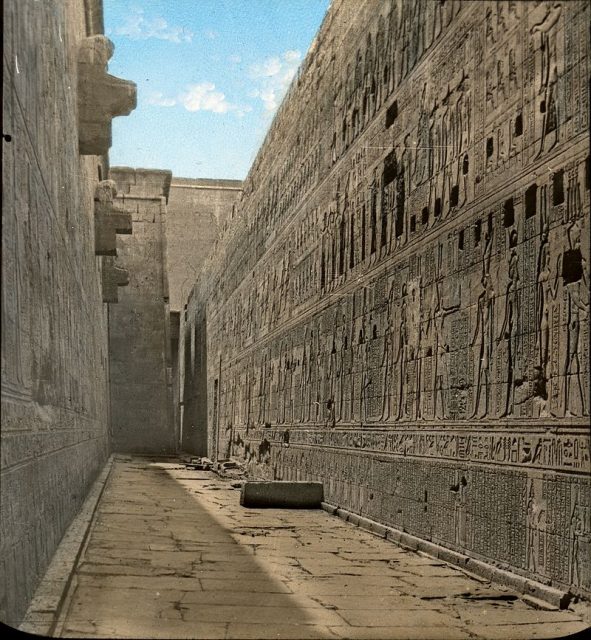
In December 2018, the team revealed the findings from their discovery of a 3,500-year-old household shrine in the remains of 400-square meter villa. The carved limestone tablet — known as a stela — was found in the shrine and shows a man and woman standing beside each other, with hieroglyphic inscriptions giving their names and occupations.
Like something from a horror movie, the couple’s faces had been scratched out and their names removed, so all that remains is the man’s military rank and the woman’s noble status.
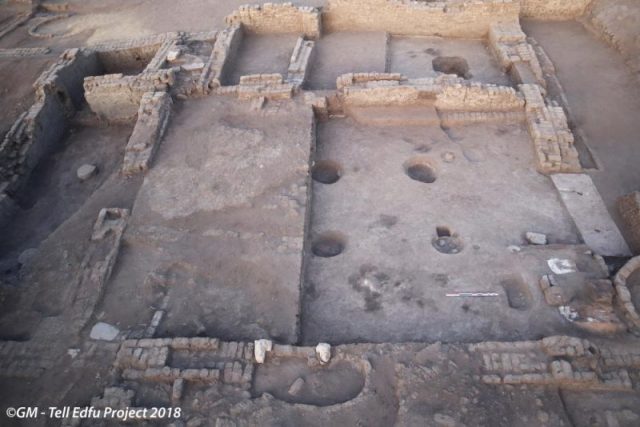
“Erasing a private person’s name in ancient Egypt is usually a sign of someone wanting to erase the memory of this person and therefore obliterate their existence in the afterlife,” explained Professor Nadine Moeller, director of the Tell Edfu Project, speaking to LiveScience.
“For the ancient Egyptians,” continued Professor Moeller, “being remembered after death was very important, so they would receive offerings in the netherworld. By erasing someone’s name, you are also taking away their identity and the good deeds they did during their lifetimes for which they will be remembered after death.”
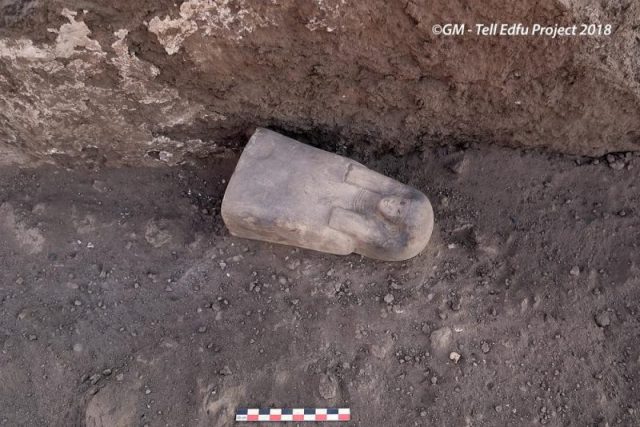
In ancient Egypt, the souls — or ka — of the deceased were believed to go on a complex and dangerous journey through Duat, the subterranean realm of the dead.
This posthumous dungeon crawl took them through caverns and gates guarded by monstrous creatures which had to be defeated or placated. Having made their way through myriad challenges of Duat, the souls were led by Anubis, the jackal-headed god of the dead, into the presence of Osiris, the god of the afterlife, for the Weighting of the Heart.
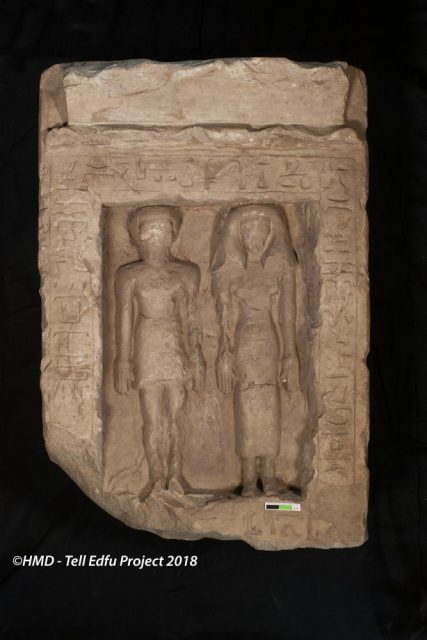
This ritual began with the soul proclaiming their innocence against a list of 42 sins. Then their heart was weighed on a scale against Maat, the goddess of truth and justice, who was often represented by an ostrich feather. If the heart was heavier, they were guilty and given to Ammut, the Devourer of the Dead — a beast with the head of a crocodile, the forequarters of a lion, the hindquarters of a hippo, and the power to destroy a soul for good.
If the heart was lighter than Maat, they were led by Osiris into the afterlife where they became maa-kheru, which means “vindicated” or “true of voice.”
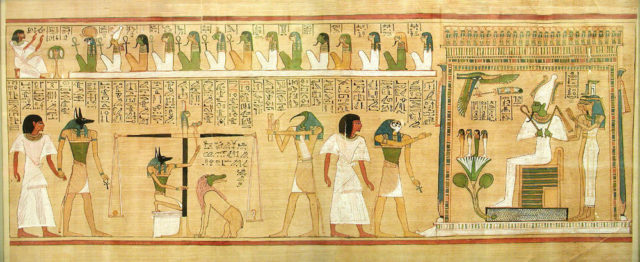
It was the duty of the living to help them on that journey with prayers, offerings and magical rituals, some of which are preserved in religious texts known collectively as The Book of the Dead, or in the original translation The Book of Coming Forth by Day.
Funerary stelae, which were placed in household shrines or directly into the grave, included details of the deceased’s life, but could also be inscribed with spells from The Book of the Dead. These spells covered everything from the food, drink, crops and animals they might need in the afterlife, to weapons and protection for their perilous journey through Duat.
The inscriptions had to be read aloud to reinforce the spell. In the family shrine at Tell Edfu, the descendents might have intoned the names and spells inscribed on the stela of their loved ones to ensure their magic remained strong for perhaps hundreds of years after their passing.
Whoever scratched out the inscriptions and faces of the couple hated them so much that he wanted them forgotten in our world, and hurt in the next world.
